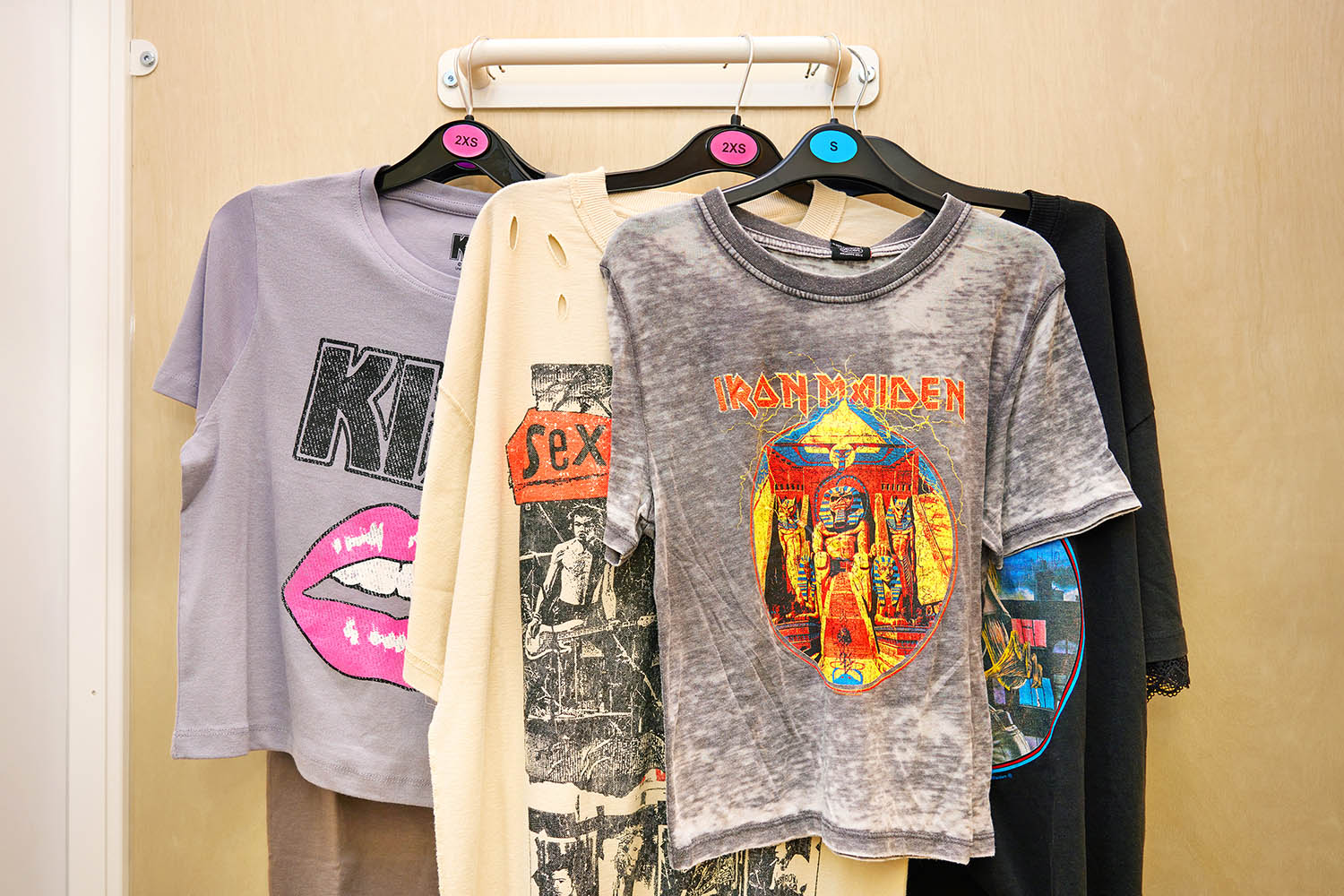
If you weren’t at Knebworth, can you wear an Oasis parka? What about Satie socks, if you only know Gymnopédies? Is it acceptable to Pitbull if you’re not really bald? The heart says no. The brain says “What?”
We’re talking about band T-shirts. Musical iconography that has jumped an imaginary ringfence on wings of mass fashion. The words “high street” aren’t neutral: they imply the wearer cannot name five songs. Even if they can, they’re probably too young to have really been there.
What we’re really talking about is jealousy. It’s understandable. It is the same reason it’s painful to listen to sweethearts crooning REM’s The One I Love, or divots high-fiving each other to Springsteen’s Born in the USA. It feels like people taking your stuff. A lot of us grew ourselves through music. In biology, that’s what culture means.
Take Nirvana, a massive T-shirt band. They’re worn by normos, many of whom weren’t yet in utero when In Utero came out. But that band stood for authenticity! They hated vapid consumerism, right? Yet Kurt Cobain dreamed of mass stardom. He also rejected the machismo policing of rock music. That’s the thing, your favourite band doesn’t want to be what you want them to be.
People who’ve never seen a merch table are singing your song. That’s good! Put aside your appeal to stolen valour. Marvel that we connect across generation, gender and temperament – through art.
Related articles:
Photograph by Shaw + Shaw






